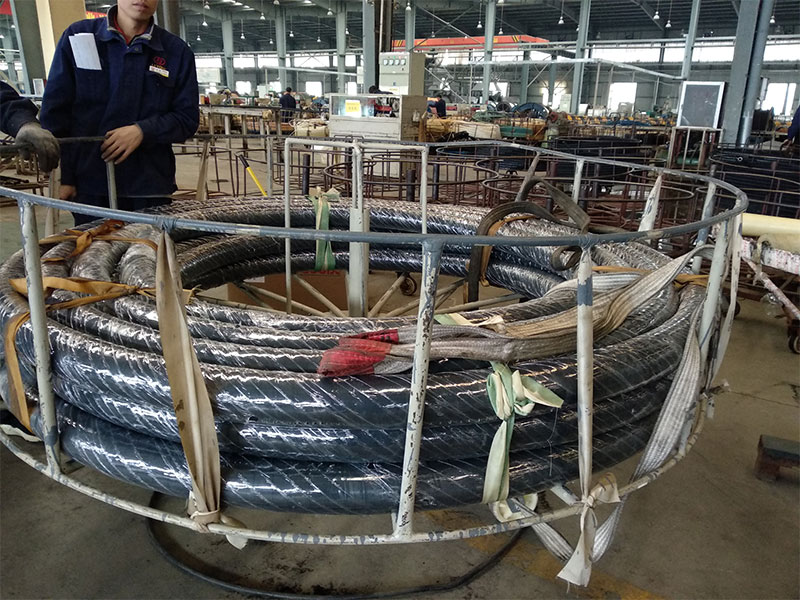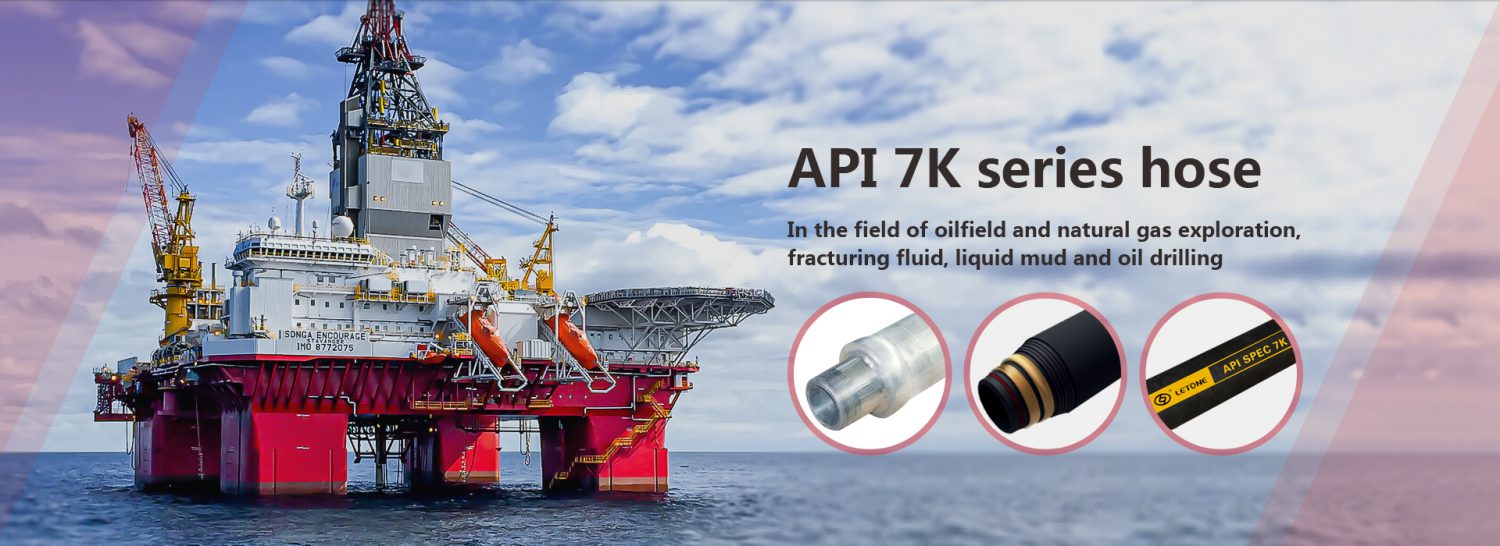EPDM rubber is a high-performance synthetic rubber with excellent heat resistance, oxidation resistance, UV resistance and weather resistance, and is widely used in automobiles, construction, electronics and other fields. This article will discuss the characteristics, preparation methods and applications of EPDM rubber. EPDM rubber is a synthetic rubber produced by the copolymerization of ethylene, propylene and dimethylphenyl isocyanate. Compared with other rubbers, it has higher hardness, strength and wear resistance, but also has better flexibility and ductility. These excellent properties make EPDM the material of choice in fields such as automobile tires, seals, pipes and wires and cables. EPDM rubber…
EPDM rubber is a high-performance synthetic rubber with excellent heat resistance, oxidation resistance, UV resistance and weather resistance, and is widely used in automobiles, construction, electronics and other fields. This article will discuss the characteristics, preparation methods and applications of EPDM rubber.

EPDM rubber is a synthetic rubber produced by the copolymerization of ethylene, propylene and dimethylphenyl isocyanate. Compared with other rubbers, it has higher hardness, strength and wear resistance, but also has better flexibility and ductility. These excellent properties make EPDM the material of choice in fields such as automobile tires, seals, pipes and wires and cables.
EPDM rubber can be prepared by different methods such as solution polymerization, emulsion polymerization and solvent-free polymerization. Among them, the solution polymerization method is the most commonly used method. In this process, raw materials such as ethylene, propylene, dimethylphenylisocyanate and catalyst are mixed together, and after a series of reaction processes, EPDM rubber is finally obtained.
The prepared EPDM rubber has excellent physical properties and chemical stability. It is not easy to age and deteriorate, and can maintain its stable performance under high temperature, high humidity and even acid-base environment. These properties make it a widely used material in construction engineering, electrical and electronic equipment and other fields.
In addition, EPDM rubber can also be modified to meet specific needs. For example, fillers can be added to increase hardness and wear resistance, antioxidants can be added to improve durability, or crosslinkers can be added to improve strength and pressure resistance.
In short, EPDM rubber, as a high-performance synthetic rubber, has many excellent properties and a wide range of applications. With the continuous development of technology, it is believed that it will have a broader application prospect in the future and will continue to have a positive impact on various fields.

